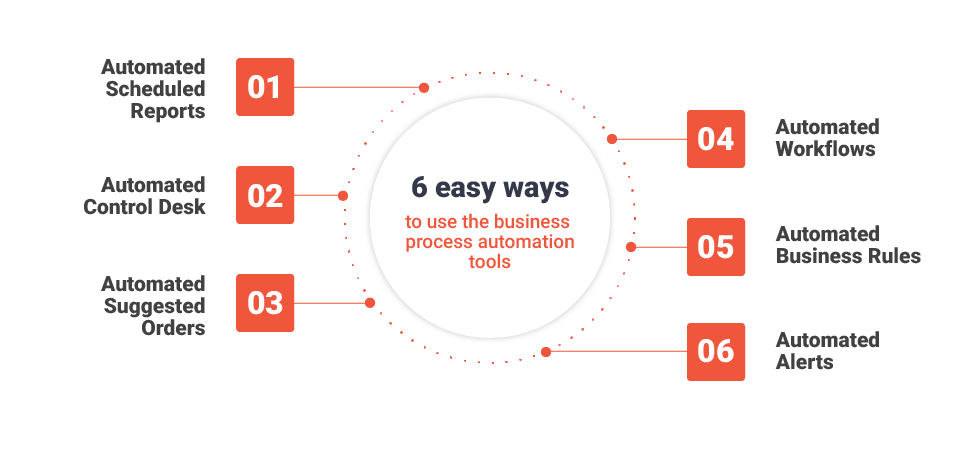
Optimizing Industrial Equipment with Predictive Maintenance
Optimizing Industrial Equipment with Predictive Maintenance
In the fast-paced world of industrial operations, ensuring the seamless functioning of equipment is crucial. Predictive maintenance has emerged as a game-changing strategy, offering a proactive approach to equipment upkeep and minimizing downtime.
The Shift from Reactive to Predictive
Traditionally, maintenance was reactive, addressing issues only after they caused disruptions. However, with the advent of predictive maintenance, the focus has shifted to anticipating potential problems. By leveraging data and advanced analytics, industries can predict when equipment is likely to fail and schedule maintenance before a breakdown occurs.
Harnessing the Power of Data
Central to predictive maintenance is the utilization of data. Sensors and monitoring devices collect real-time information on the performance of industrial equipment. This data is then analyzed to identify patterns and anomalies, enabling the prediction of potential issues. The insights gained from data-driven analysis empower industries to make informed decisions about when and how to conduct maintenance activities.
Proactive Problem Prevention
One of the key advantages of predictive maintenance is its ability to prevent problems before they escalate. By addressing issues at their early stages, industries can avoid costly repairs and extend the lifespan of equipment. This proactive approach not only saves time and resources but also contributes to a more efficient and reliable production process.
Cost Savings and Efficiency Gains
Predictive maintenance is a strategic investment with significant returns. While upfront costs may be involved in implementing the necessary technology and systems, the long-term savings outweigh these expenses. Reduced downtime, lower maintenance costs, and increased overall equipment efficiency contribute to a more cost-effective and competitive industrial operation.
Technology Integration for Precision
The integration of advanced technologies plays a pivotal role in the success of predictive maintenance strategies. From machine learning algorithms to artificial intelligence, these technologies enhance the accuracy of predictions. Smart systems can analyze vast amounts of data, providing precise insights into equipment health and performance.
Industrial Equipment Predictive Maintenance: A Practical Approach
To implement predictive maintenance successfully, industries need a comprehensive and practical approach. This involves integrating sensor technology, establishing a robust data analytics system, and creating a systematic maintenance schedule based on predictive insights. For industries looking to delve into the realm of predictive maintenance, Industrial Equipment Predictive Maintenance offers tailored solutions and expertise.
Employee Training and Adaptation
While predictive maintenance relies heavily on technology, the human element remains crucial. Employees need to be trained to interpret data, understand the significance of predictive insights, and act on maintenance recommendations. This collaborative approach ensures a seamless integration of predictive maintenance into daily operations.
Continuous Improvement through Feedback
Predictive maintenance is not a static process; it evolves with continuous feedback and improvement. Industries should actively seek feedback from maintenance teams, analyze the effectiveness of predictions, and refine the system accordingly. This iterative process contributes to an ever-improving predictive maintenance strategy.
Scalability and Flexibility
The beauty of predictive maintenance lies in its scalability and flexibility. Whether an industry operates on a large or small scale, the principles of predictive maintenance can







